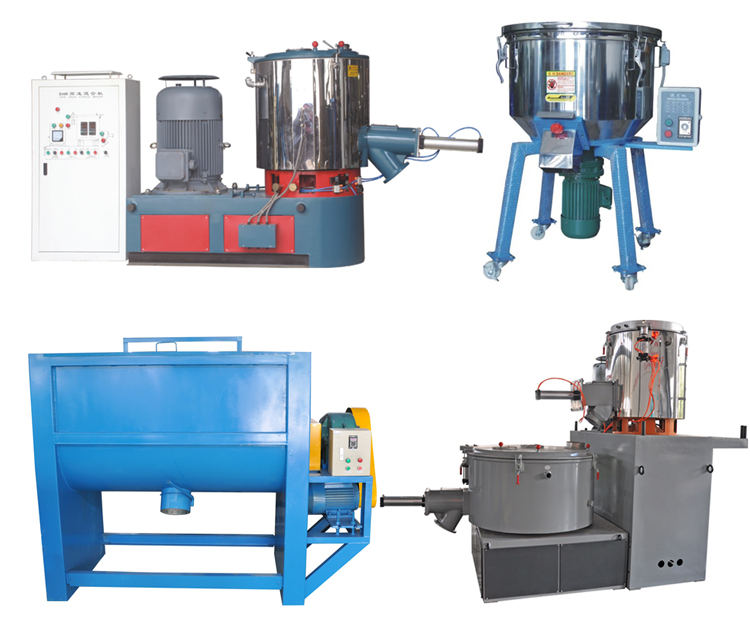Vacuum Forming Packaging Equipment for Efficient Product Protection and Presentation
Dec . 10, 2024 14:58 Back to list
Vacuum Forming Packaging Equipment for Efficient Product Protection and Presentation
Understanding Vacuum Forming Packaging Machines
Vacuum forming packaging machines play a pivotal role in modern manufacturing and packaging industries. They are designed to create packaging solutions that are both efficient and effective, catering to various sectors including food, electronics, and consumer goods. This article aims to delve into the workings, benefits, and applications of vacuum forming machines, highlighting their significance in the packaging landscape.
What is Vacuum Forming?
Vacuum forming is a manufacturing process that involves heating a thermoplastic sheet until it becomes pliable, then stretching it over a mold to create the desired shape. Once the sheet is in place over the mold, a vacuum is applied between the mold and the sheet, pulling the material down into the contours of the mold. This process allows for precise shaping and can yield complex designs that are often difficult to achieve with other manufacturing techniques.
How Vacuum Forming Packaging Machines Work
The operation of a vacuum forming machine generally follows several key steps
1. Material Preparation A thermoplastic sheet, often made from materials such as PVC, PET, or polystyrene, is fed into the machine. This sheet is then heated uniformly until it reaches an optimal forming temperature.
2. Forming The heated sheet is positioned over a mold. Once the sheet is in place, the machine initiates the vacuum process. The vacuum pulls the heated material into the mold, allowing it to take the shape of the cavity. The time taken for this process can vary based on the material's thickness and the complexity of the mold.
3. Cooling After the forming process, the material is cooled while still on the mold. Cooling solidifies the thermoplastic, ensuring that it retains the shape of the mold once it is removed.
4. Trimming and Finishing Once cooled, the formed plastic is trimmed to remove excess material. Additional finishing processes, such as printing or labeling, may be applied before the packaging is ready for use.
Benefits of Vacuum Forming Packaging Machines
Vacuum forming machines offer several distinct advantages over traditional packaging methods
vacuum forming packaging machine

- Cost Efficiency The production speed and reduced material waste associated with vacuum forming make it a cost-effective solution for manufacturers. The process allows for large runs of packaging with less downtime.
- Flexibility Vacuum forming is versatile and can accommodate a wide range of product types and sizes. From custom packaging for fragile items to clamshell designs for electronics, the flexibility of vacuum forming caters to diverse needs.
- Lightweight Packaging The nature of vacuum forming allows for the creation of lightweight packaging solutions that maintain strength and durability. This is particularly beneficial for reducing shipping costs and improving the sustainability of packaging materials.
- Enhanced Presentation Vacuum formed packaging can be designed to enhance product visibility, appealing to consumers and promoting brand identity through custom shapes and features.
Applications of Vacuum Forming
The applications of vacuum forming packaging machines are extensive. This technology is widely used in various fields, such as
- Food Industry Vacuum forming is commonly employed for creating trays and containers for prepared foods, ensuring freshness and extending shelf life.
- Electronics Custom packaging formed to fit snugly around electronic components provides protection during transportation and showcases the product effectively.
- Consumer Goods From packaging toys to cosmetics, vacuum forming allows for eye-catching designs that can improve retail display and appeal.
Conclusion
Vacuum forming packaging machines represent a dynamic solution in the ever-evolving world of packaging. Their ability to create custom, cost-effective, and visually appealing products makes them invaluable across numerous industries. As technology advances, the possibilities for innovation in machinery and materials will only enhance the capabilities of vacuum forming, allowing businesses to meet growing consumer demands with efficiency and style.
-
Hot Sale 24 & 18 Door Rabbit Cages - Premium Breeding Solutions
NewsJul.25,2025
-
Automatic Feeding Line System Pan Feeder Nipple Drinker - Anping County Yize Metal Products Co., Ltd.
NewsJul.21,2025
-
Automatic Feeding Line System Pan Feeder Nipple Drinker - Anping County Yize Metal Products Co., Ltd.
NewsJul.21,2025
-
Automatic Feeding Line System - Anping Yize | Precision & Nipple
NewsJul.21,2025
-
Automatic Feeding Line System - Anping Yize | Precision & Nipple
NewsJul.21,2025
-
Automatic Feeding Line System-Anping County Yize Metal Products Co., Ltd.|Efficient Feed Distribution&Customized Animal Farming Solutions
NewsJul.21,2025






